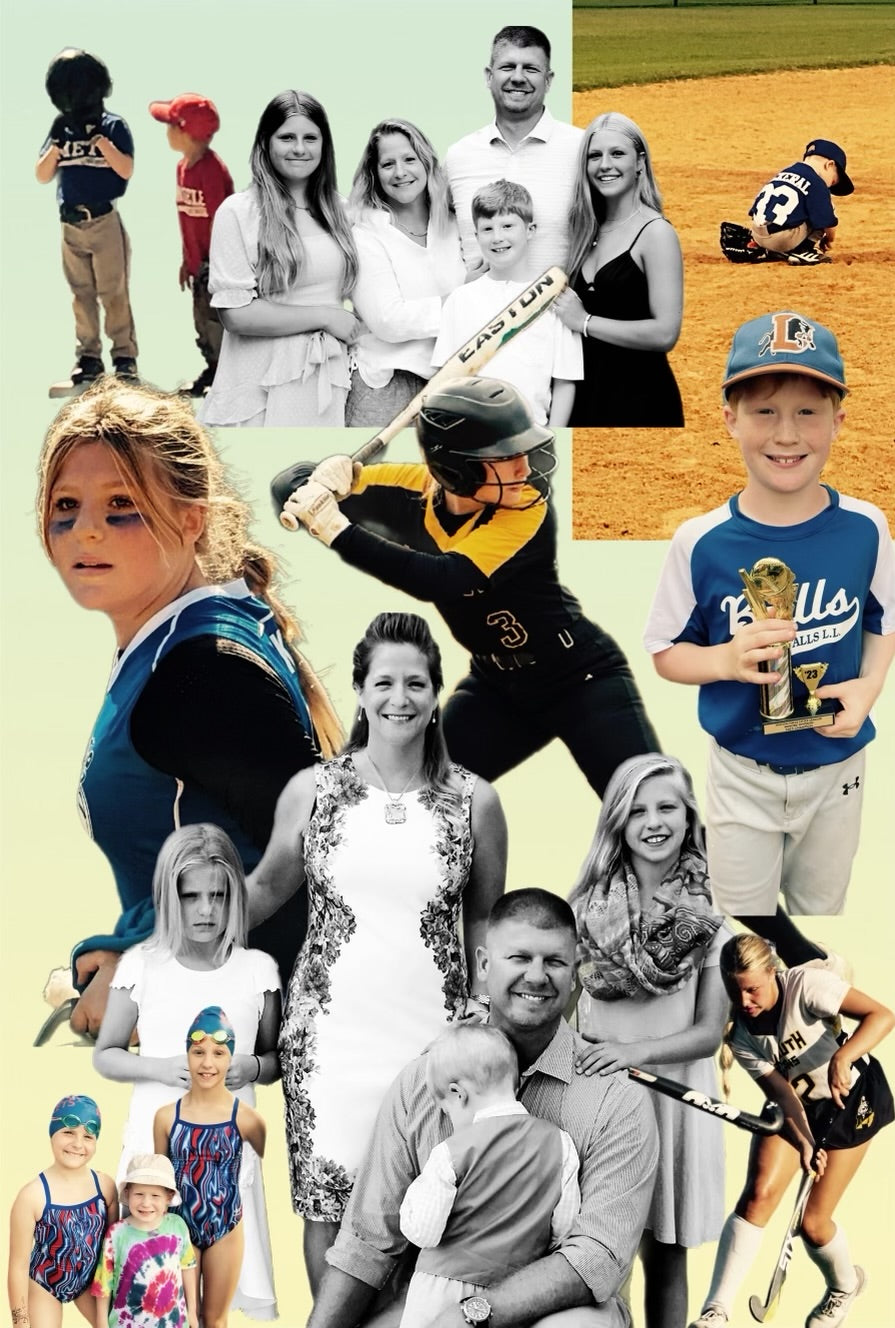The Fine Line Series:
Coaching Hard Without Breaking Athletes
Hey there, just weighing in on some important conversations that need to be had! It’s Mental Health Awareness Month, and I’m fired up to talk about something that hits deep: how we coach our athletes can either lift them up or tear them down. Sports are supposed to build character, teach grit, and shape kids for life, but let’s be real—sometimes, the way we coach messes with their heads in ways that stick long after the game’s over. And it’s not just me saying this—research shows coaching styles can make or break an athlete’s mental health (Coaching Styles Impact). So, let’s dive into the difference between coaching hard and coaching toxic, and figure out how coaches, parents, and athletes can make sports a safe space for mental health.
Coaching Hard vs. Coaching Toxic: Know the Difference
Coaching hard is about pushing athletes to their limits with belief in their potential. It’s saying, “I know you’ve got more in you,” and backing it up with guidance. Think:
-
“Your footwork’s off today. Let’s drill it until it’s second nature.”
-
“You’re playing safe, and I know you can take risks. Trust your training.”
-
“Hard work leads to us achieving our goals as a team and as individuals, I have seen it from you before what do you need to get back there?”
This works because it’s about the action, not the person. It screams, “I believe in you, and I’m here to help you grow.” Research backs this up—supportive coaching, like autonomy-supportive styles, meets athletes’ psychological needs, boosting motivation and performance (Coaches' Role).
But coaching toxic? That’s when words and actions tear down spirits. It’s stuff like:
-
“You’re a liability out there. No wonder we’re losing.”
-
“Stop crying—this isn’t daycare.”
-
“I told the other coaches you werent ready because you haven’t shown me anything this week”
-
“I should bench you for all the mistakes your making.”
These comments don’t just sting; they stick. They make athletes tie their self-worth to their performance, which can spiral into anxiety or depression. Science shows demeaning language spikes cortisol, messes with focus, and slows recovery (Mental Health Guide). On the flip side, high expectations paired with psychological safety build resilience. It’s not about being soft—it’s about being smart.
Warning Signs: When Coaching Hurts
Harmful coaching leaves scars. Watch for these red flags:
|
In Athletes |
In Coaches |
|
Withdrawal: Less joking, no spark for the game. |
Personal Attacks: “You’re weak” vs. “Your form needs work.” |
|
Physical Symptoms: Headaches, insomnia, stomachaches before games. |
Public Humiliation: Calling out mistakes publicly or conditional praise like “Only winners get respect.” |
|
Perfectionism: Obsessing over mistakes, fearing failure. |
Lack of Patience: Quick to anger not only on field but in personal lives. |
Consequences:
-
A lacrosse player quits after being shamed for an injury.
-
A runner battles anxiety after constant teammate comparisons.
-
A hopeful freshman soccer player refuses to play sports junior year.
-
Numbers in the program dropping.
-
Lack of desire across the board to do out of season work
This isn’t tough love—it’s harm, driving kids away from sports and self-trust (Fear of Failure Study).
Passive-Aggressive Coaching: The Sneaky Toxin
Passive-aggressive behaviors are just as toxic. They erode trust and fracture teams. Examples include:
|
Behavior |
Example |
Why It Hurts |
Healthy Alternative |
|
Backhanded Compliment |
“Nice job finally hitting the net, Sarah.” |
Mixes praise with sarcasm, causing doubt. |
“Sarah, your persistence paid off—great shot!” |
|
Silent Treatment |
Ignoring an athlete after a mistake. |
Creates anxiety: “Does the coach want me here?” |
“Let’s talk after practice about that play.” |
|
Public Comparisons |
“Why can’t you hustle like Jamie?” |
Breeds jealousy, cracks team chemistry. |
“Let’s all match Jamie’s energy today!” |
|
Subtle Sabotage |
Benching without explanation. |
Feels like “You’re not worth my time.” |
“You’re not starting, but here’s your role off the bench.” |
|
Sarcasm as Motivation |
“Wow, you showed up! Forgot your phone?” |
Masks criticism as humor, leaving athletes mocked. |
“Great to see you locked in—keep that focus!” |
Why It’s Bad:
-
Trust Erosion: Athletes doubt the coach’s support.
-
Communication Breakdown: No one feels safe speaking up.
-
Resentment Spreads: Teammates mimic negativity.
-
Self Worth: Athletes start to question their worth
Fixing It: Action Steps for All
Change starts with us—coaches, parents, athletes. Here’s how:
-
Coaches:
-
Use the feedback sandwich: “Your effort’s awesome, but your passing needs work. You’ve got this.”
-
Ask, “How do you prefer feedback?” It shows care.
-
Meet with athletes to give them feedback one on one and to see them beyond their jersey.
-
Create environments that encourage reflection, vulnerability and accounta
-
Parents:
-
Encourage your athlete to advocate to the coach.
-
Advocate: “I’ve noticed [behavior] affects my kid’s confidence. Can we work together?”
-
Support mental health: Connect athletes with counselors if needed.
-
Athletes:
-
Practice scripts: “I want to improve, but I shut down when [behavior]. Can we try [suggestion]?”
-
Find allies: Talk to teammates or trusted adults.
-
Become Self Aware of your part in the puzzle.
Sports: A Classroom for Life
Done right, sports teach resilience, self-worth, and advocacy—skills that shine in relationships and careers. Done wrong, they leave scars. Let’s build teams where feedback is clear, respect is non-negotiable, and every athlete walks away stronger—for the game and for life. Being coached hard, having consequences and being uncomfortable helps our athletes grow. If its done the right way we are building the next generation of leaders.
Call to Action
One thing that is very important to reflect on is that this generation of athletes are different, they can be coached hard but need to know why. They need to feel good about themselves and have that inner confidence before they will be motivated to continue to follow through. Quitting and transferring are so much easier for them so communication and culture are at the utmost importance to keep our athletes growing in the righ direction.
We can coach old-school if relationships are fostered and everyone is clear on where they stand and what the team stands for. A couple tweaks here and there in a program can change how you coach and feel about coaching.
Thank you for reading,
Love Ang



